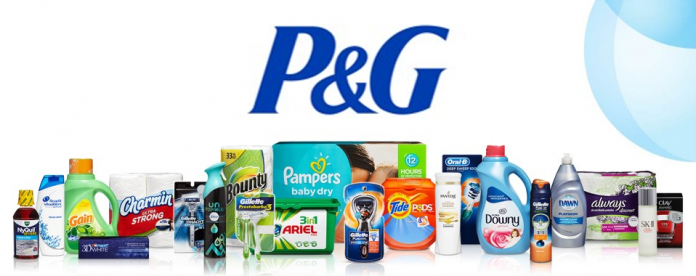The first few weeks of January have made clear that the uncertainty advertisers weathered in 2020 isn’t going anywhere with a transition to the calendar year.
Procter & Gamble, one of the world’s biggest advertising buying marketers, has responded to continued bumpiness by sticking on to what Chief Marketing Officer Marc Pritchard called “constructive disruption” -a desire to adjust tactics rapidly to satisfy the demands of a society under pressure, the executive said at Tuesday’s Consumer Electronics Conference.
A number of years ago, Pritchard invented the word “constructive disruption” and even trotted it out at the CES last year, but events that have rattled the sector since last March, including the pandemic, mass social rights marches, and an economic slowdown, affirm the importance of the mantra to the company.
The last year’s incidents have exacerbated chaos to unprecedented amounts. It will surely proceed, without a doubt, During a simulated presentation, Pritchard said
In recent years, P&G, which owns household brands such as Tide, Febreze, and Oral-B, has increased its footprint at CES through a tech-heavy LifeLab showcase that Pritchard said reflects how the company is gravitating to the mindset of a younger sector.
EC30, a cleaning swatch made with no water or plastic wrapping, and Microban 24, a disinfectant spray that rolled out last February, are items shown this week in an immersive virtual experience.
P&G has generally been more proactive in wresting leverage of its marketing outside of conference showrooms, including advertising purchasing, data collection, and content. Pritchard points out that shortening internal capabilities gradually helps the proactive disruption of P&G, helping the business to keep pace with the evolving market and technological patterns at a time when they are going faster clip.
We are reinventing advertising to constructively disrupt the idea of what it entails to be the biggest advertiser in the world.
For years, P&G has advocated for more in-house marketing functions, but the impact of the pandemic on customer behavior as well as larger shifts to the digital world, including the implementation of data protection legislation and the death of cookies by third parties, bring impetus to the transition.
Pritchard said Tuesday, the Cincinnati-based marketer now conducts nearly 80 percent of its U.S. media planning in-house, and much of its media planning internally in China, its second-largest market. As of October 2019, P&G had in-housed only over 30 percent of U.S. media planning.
P&G had a chance to flex some of its muscles as the pandemic decimated the conventional television world in the wake of an accelerated jump to streaming last year. The company defied conventional TV upfront to strike agreements directly with major networks instead, a notable step Pritchard said provides a more even playing ground for the company and acts as an example of constructive disruption.
“We are making more in-house media-buying offers, undermining legacy networks that have traditionally favored sellers”- Pritchard said
Follow and connect with us on Facebook, Linkedin & Twitter

